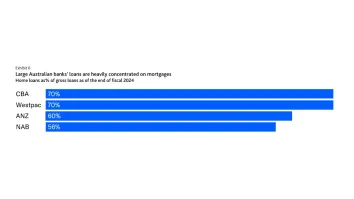
More Chinese fall victim to banks’ Ponzi-type products
Wealth management products used to deceive investors.
The China Banking Regulatory Commission intends to strengthen rules that will prevent banks from disguising losses on high-yield investment products as “wealth management products” or WMPs. These WMPs are increasingly replacing traditional deposits as banks' key sources of funding.
CBRC said total outstanding WMPs reached US$1.2 trillion this January compared to US$1.14 trillion in 2012. There were only US$80 billion in WMPs in 2007. The total for 2012 accounted to 7.3% of China’s total bank deposits.
Analysts said the popularity of WMPs has been fueled by Chinese depositors' thirst for yields above the central bank's benchmark deposit rate, currently at 3% annually.
WMPs are not subject to the cap on traditional bank deposit rates. They are mostly backed by money-market instruments, bonds, and high-interest loans to risky borrowers such as real-estate developers and local governments.
Regulators and bankers themselves remain concerned about the lack of transparency regarding the underlying assets of WMPs.
In China, banks combine the proceeds from the sale of various WMPs into collectively-managed "fund pools" instead of clearly linking each product to a specific set of underlying assets.
This practice prevents banks from admitting losses because inflows from the sale of new products can be used to deliver the promised returns on previously issued products, or something similar to a Ponzi scheme.



















 Advertise
Advertise










